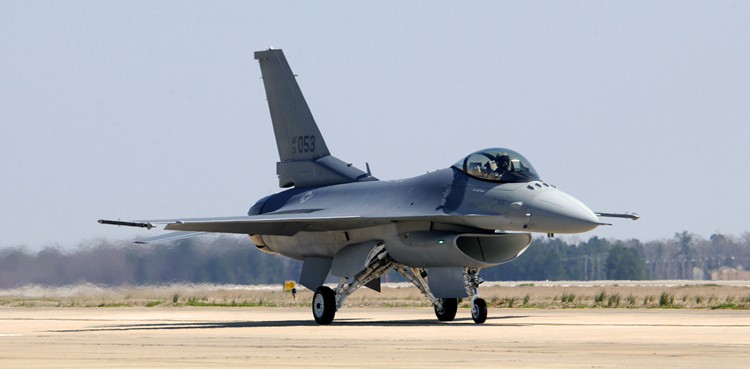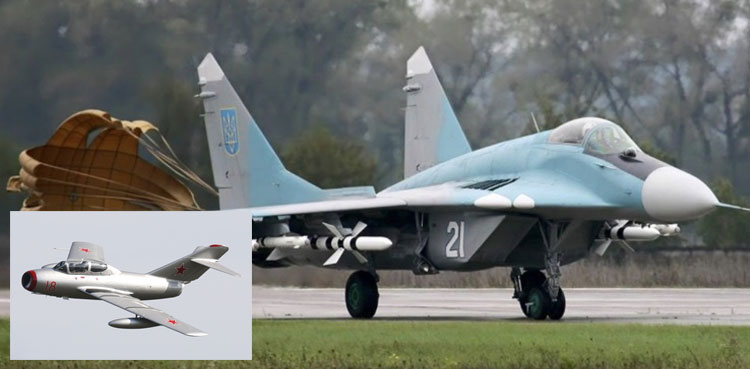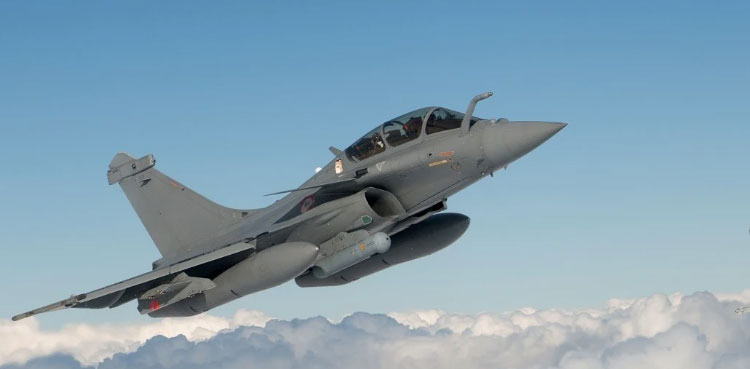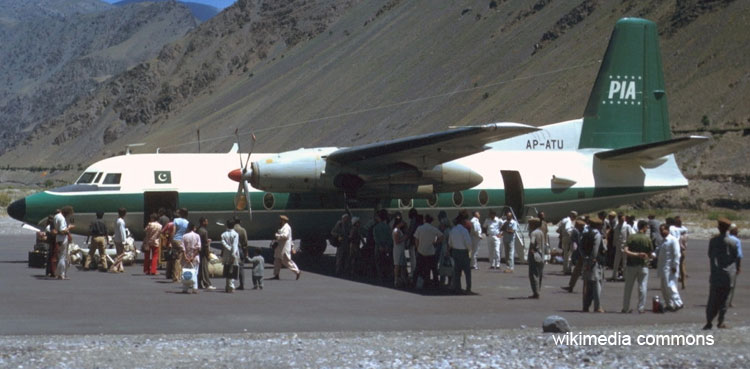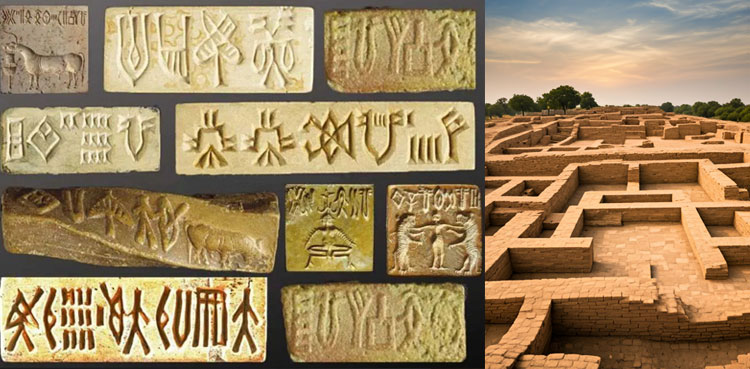The F-16 Fighting Falcon, affectionately known as the Viper, has been a stalwart of military aviation for an impressive 50 years. First taking to the skies in 1974, this iconic aircraft has consistently demonstrated its prowess in air-to-air combat, precision strike missions, and various other roles ¹. But what makes the F-16 so popular among air forces worldwide?
Proven Combat Record
The F-16’s impressive combat record speaks for itself. From the Gulf War to more recent conflicts, this versatile fighter has consistently demonstrated its effectiveness on the battlefield. Its success in real-world scenarios enhances its reputation and desirability, making it a trusted asset for military forces globally.
Pilot-Friendly Design
The F-16’s user-friendly design is another significant factor contributing to its popularity. Features like a bubble canopy for enhanced visibility, intuitive controls, and superior maneuverability make it a joy to fly. Pilots praise its responsive handling and advanced cockpit ergonomics, which create an aircraft that’s both effective and powerful.
Versatility and Multirole Capabilities
Lockheed Martin’s commitment to keeping the F-16 technologically relevant has been crucial to its enduring appeal. With numerous upgrades over the years, incorporating state-of-the-art avionics, radar systems, and weaponry, the F-16 remains a formidable force in contemporary air warfare. Its adaptability and multirole capabilities set it apart, seamlessly performing various roles from air-to-air combat to ground attack missions.
Cost-Effectiveness and Global Partnerships
The F-16’s cost-effectiveness is another significant advantage. According to The National Interest, it costs half as much as the F-15 Eagle, making it an attractive option for countries with budget constraints. Its widespread adoption has fostered international partnerships and collaborations, creating a network of allied nations that continue to invest in and rely on this fighter jet.
Continuous Modernization
The F-16’s ability to evolve with the times has solidified its global standing. Newer variants, such as the F-16V, continue to attract interest from countries seeking a proven and reliable platform. Its enduring popularity is a testament to its adaptability, continuous modernization, and ability to stay relevant in an ever-evolving aerospace landscape ¹.
As the F-16 celebrates half a century of service, it remains a symbol of excellence and a cornerstone in military aviation. Its legacy continues to inspire, and its impact on modern air forces will be felt for generations to come.
